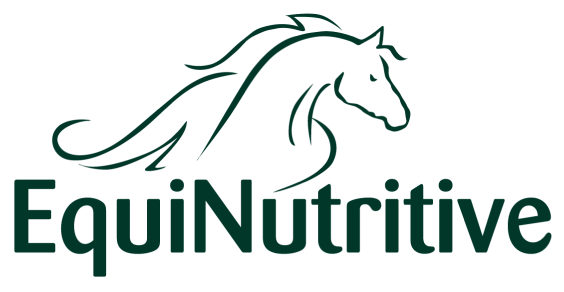Importance of Body Condition Scoring
Body Condition Scoring is an important and often overlooked element of horse care. It is important to know and understand the condition that your horse is in, where it sits on a scale and what any potential changes might mean, either good or bad. Drastic and unintended changes in body condition score (BCS) are cause for concern. Sometimes however, the changes that are occurring to a horses condition aren’t noticed until they have become drastic. By regularly and actively monitoring your horse’s body condition score, you will be able to more readily and swiftly pick up on any potential health problems and ensure that your horse is at an ideal and healthy condition year round.
Many horse owners make the mistake of thinking that their horse is in an ideal condition when in fact they are overweight. Using a formal body condition scoring system will assist you in identifying the condition of your horse objectively and assessing whether they need to lose or gain weight – or if they’re just right the way they are.
Photographing your horse
I recommend photographing your horse (standing square) on a regular basis and using that as a tool to monitor condition. Alternatively, set a reminder in your phone or your diary to check the BCS at regular intervals and then record the ‘score’ in a notebook for making a quick and easy comparison when necessary.
What do you mean by regular intervals, you ask? This really depends on the horse. If you have a horse with a health problem or ongoing condition, or an elderly horse, weekly monitoring is advisable. For horses in good health and without any chronic issues or causes for concern, body condition scoring should be done monthly during Spring, Summer and Autumn and then fortnightly during the Winter.
There are two main body condition scoring systems. One is the 0-5 system and the other is the Henneke system, which is uses a scale from 1-9. Personally, I prefer the 0-5 scale as I find it easy to get bogged down in unnecessary detail with the Henneke scale. The 0-5 is the one most commonly used in the UK, whilst the Henneke scale is generally more broadly used in the US. Below are images outlining the two scales. They each define the points on the scales and give guidelines as to what each point on the scale represents.
Image 1: The 0-5 Scale

IImage 2: The Henneke Scale

Summary
The value of knowing the actual BCS of your horse is huge. It is a powerful and simple resource for monitoring many elements of equine health and once you get into the habit of regularly BCSing your horse, it will become a quick and simple process – start today!
Are you already BCSing your horse regularly? Tell us about it and how you find the process benefits your horse management process in the comments below!


1 comment
Good, straight forward article. I too prefer 0-5 scale. My horse is 23-years old and I’m happy for her to go into winter on the normal – fat side as she loose weight during winter and enters spring a slim normal. I have to keep an eye on condition during summer as she has a tendency to fat. Overall I’m happy with her condition.